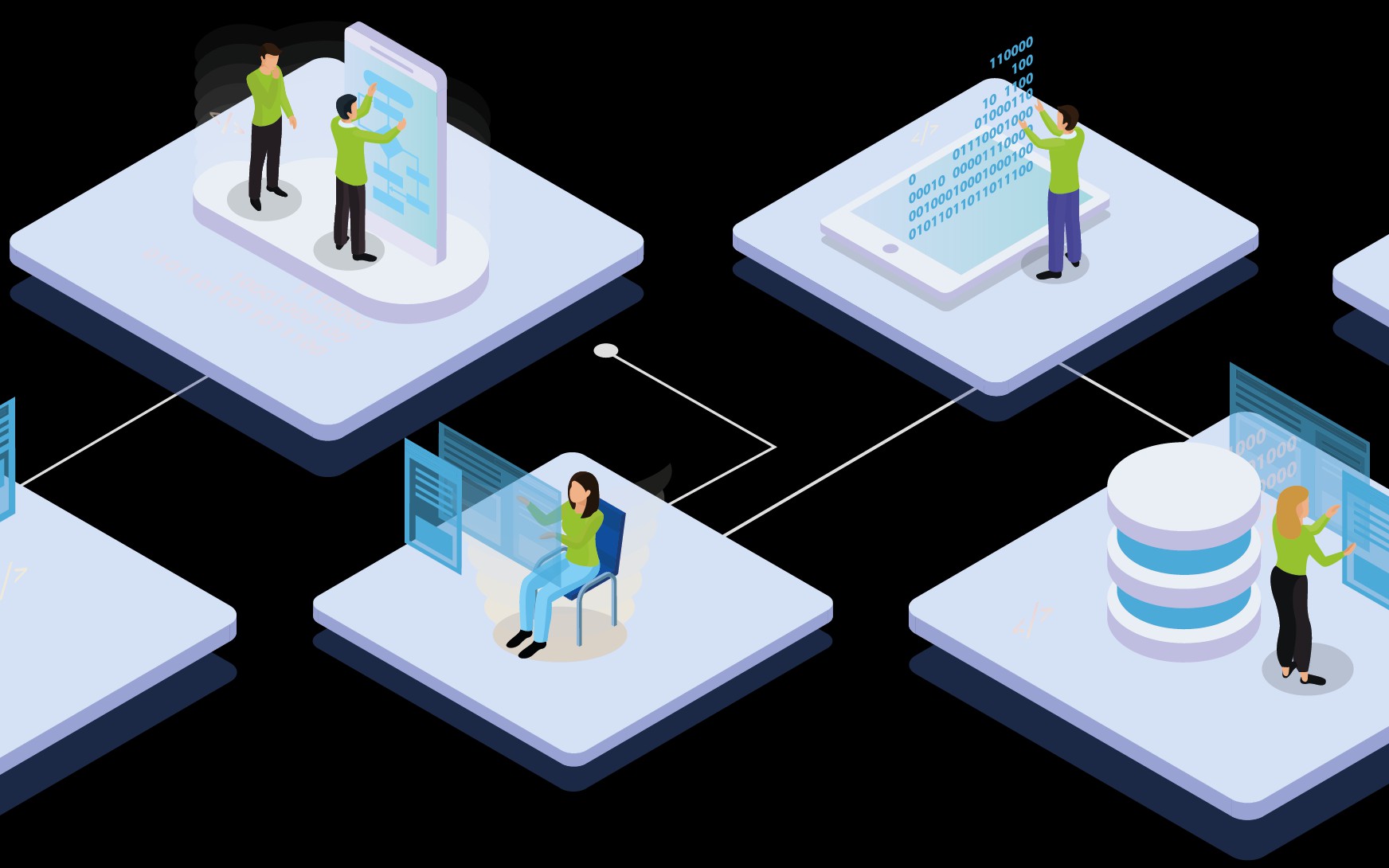This article will be interesting for IT directors, product managers, project managers, and anyone who wants to understand the processes of project quality assurance better.
At Qualitica, we test large web and mobile projects, both commercial and national ones. Before a separate testing agency has been established, I spent 10 years as a specialist and head of several digital studios. Usually, in any IT project (websites, applications, games, corporate software), you start by treating testing as a formal procedure. But normally the testing also evolves with the project: the more people are involved, the more complex is the process.
There are 7 testing evolution stages that may differ in different companies:
- There are no testers. Their functions are performed by developers or managers.
- Testers appear, but test projects only at the completion stage.
- Testers check all developer tasks to see if the result matches the original task statement.
- Testers are engaged in test design.
- A test management tool is being implemented.
- Testing automation appears.
- The complexity of the hierarchy, the creation of new roles in the test team.
Let’s learn about each stage in more detail.
Stage 1 — Testing Is Performed by the Developer and/or Manager
It’s the simplest, “instinctive” approach to testing. It is common in small companies. When it is impossible or presumably unwanted to hire a professional tester, this part of work is performed in house, but this is an inappropriate and problematic approach for the following reasons:
- A developer only tests his own scenarios with the data he used in the development process. In this testing, alternative scenarios are omitted. As a result, something is out of control, and end-users usually get errors.
- A manager takes testing as a side job, having little expertise, time, and desire to do it. This way, you can detect gross errors, but many nuances are overlooked.
- The subjective approach and the desire to complete the project quickly result in the wish to ignore “minor” problems.
An extreme case is when no testing is done in the company and the error report goes from … the client. Then more and more errors/bugs appear. Thus, clients become testers at their expense.
#testing #testing and qa #testing automation #testing and developing #test
